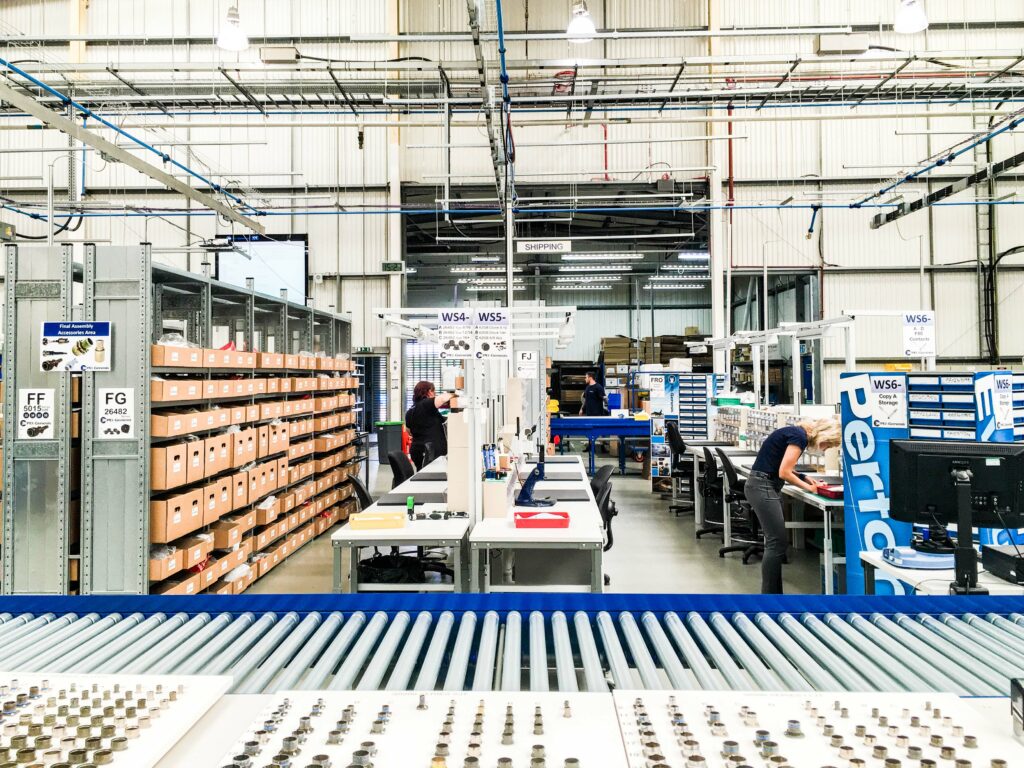 PEI-Genesis’ European director of product and purchasing, Shaun Findley, discusses why, despite pandemic disruption, the interconnects industry is seeing rising demand
PEI-Genesis’ European director of product and purchasing, Shaun Findley, discusses why, despite pandemic disruption, the interconnects industry is seeing rising demand
Electrical connector orders were up 71.5 per cent in April 2021 compared to a 19.4 per cent decrease in 2020, according to recent data from Bishop & Associates. The same study showed that sales were up 43.4 per cent in 2021, compared to a 17.2 per cent decrease in 2020. This growing demand for electrical connectors is directly related to growth in key markets such as renewable energy, construction and automotive.
Interest in renewable energy continues to grow, leading to expanding applications and an increase in renewable energy trade. Advances in renewable power and distribution technology have led to increased demand for high-capacity interconnection lines, driving growth in the connector market. Renewable connector applications go beyond power grids. Applications like hybrid/electric vehicles and net metering for solar homes also impact the connector market.
Compound annual growth rate (CAGR) of building and construction is expected to expand by five per cent between 2021 and 2028, driving increased demand for electrical connectors, according to data published by Grandview Research. This includes new construction and refurbishment. Another growth driver is infrastructure expansion in developing countries, including transportation, power generation, smart grids and electrical distribution. Transportation includes rail signalling/tunnelling, requiring reliable connectors.
The automotive sector, which is expected to experience strong demand, is heavily influencing the post-pandemic connector sector. Factors include stringent quality/reliability standards, development of advanced electric systems and increased demand for HEVs and EVs.
Reliability and quality standards have driven demand for designs involving smart connectors with EMI/RFI suppression, versatile miniature connectors and UL-recognized and RoHS-compliant connector solutions.
Adoption of advanced electronic systems such as diagnostics, driver assistance and infotainment have also influenced the automotive connector market. Infotainment, in particular, will have a positive impact on communication connectors.
Interest in HEVs, EVs and autonomous vehicles is increasing. There will be over 37 million EVs on Great Britain’s roads by 2050 according to National Grid ESO’s Future Energy Scenarios 2021 report. This puts pressure on engineers to develop harsh environment connector solutions that are efficient, reliable and lightweight, offering a weight reduction between 20 and 30 per cent compared to traditional solutions.
The global market for cables and connectors is expected to reach USD 120,940 million by the end of 2026, growing at a CAGR of 6.3 per cent over the next five years, according to data from Absolute Reports. The key to keeping up with demand for cables and connectors is an emphasis on performance, reliability and efficiency.
